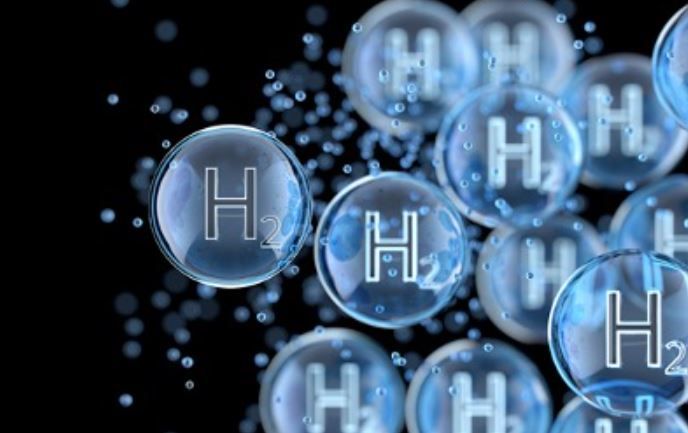Marathon Petroleum Corp. (MPC) recently announced its decision to withdraw from the development of the Prairie Horizon Hydrogen (PHH) project, a key component of the Heartland Hydrogen Hub (HH2H) initiative.
MPC’s statement reveals a shift in focus towards optimizing existing assets in North Dakota, including its renewable diesel facility, refining operations, and natural gas processing. While this move is presented as a commitment to enhancing operational efficiency, it may also indicate a retreat from ambitious clean energy projects that carry higher financial and technological risks. The decision to withdraw from the PHH project comes at a time when substantial investments and federal support were already in place, including a $925 million grant from the U.S. Department of Energy (DOE).
The HH2H initiative, which spans North Dakota, Minnesota, Montana, and Wisconsin, was designed to advance clean hydrogen production and reduce carbon emissions across the Upper Midwest. With a significant portion of DOE funding allocated to the region, the initiative aims to position itself as a leader in low-carbon hydrogen technology. However, MPC’s withdrawal raises concerns about the project’s ability to meet its ambitious goals and secure continued support from stakeholders and federal entities.
Sen. John Hoeven’s report highlighted a substantial projected investment of $2 billion, including $500 million from the DOE and additional contributions from MPC and TC Energy. The planned construction timeline projected a start in 2026 and operations beginning in 2028-29. MPC’s exit introduces uncertainty about the feasibility of meeting these timelines and securing the necessary investments, potentially jeopardizing the overall success of the HH2H initiative.
Earlier in the year, the PHH project turned down a $75 million state-forgivable loan, citing a mismatch between the project’s natural gas-based hydrogen production method and the loan program’s focus on electrolysis technology. This rejection underscores a potential misalignment between the project’s approach and funding requirements, raising questions about the project’s adaptability and alignment with state and federal clean energy goals.





